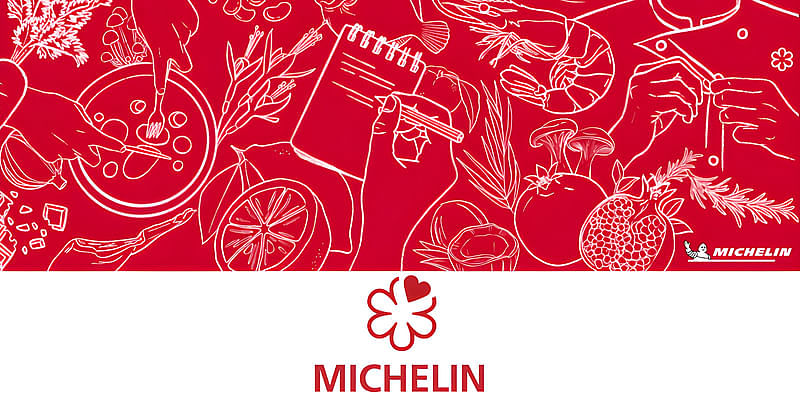
At first glance, it’s perplexing to understand the link between Michelin, a tire manufacturing giant, and the world of haute cuisine. However, the tale of Michelin’s journey from tire production to restaurant ratings provides an insightful look into innovative marketing and the broader aim of promoting travel.
Origins of Michelin
Established in 1889 in Clermont-Ferrand, France, by brothers André and Édouard Michelin, the company’s core focus was on rubber products, primarily tires. As the 20th century dawned, automobiles were gaining traction, but extended road travel was still a novel concept, fraught with challenges.
The First Guide
To address the needs of this burgeoning group of motorists, the Michelin brothers introduced the “Michelin Guide” in 1900. However, it wasn’t the restaurant-centric guide we know today. Initially, this guide was a manual designed to help drivers. It included maps, tire repair advice, details of mechanics, petrol stations, and hotels. The underlying strategy was to facilitate road trips, indirectly promoting the usage of automobiles and increasing the demand for tires.
Venturing into Cuisine
As automobiles became more embedded in everyday life and roads improved, the Michelin Guide started expanding its content. By the 1920s, restaurant listings found their way into the guide. In 1926, the world saw the inception of the Michelin star system for restaurants. By 1931, the well-recognized system of one, two, and three stars was in place.
Why this shift towards food? It was more than just an interest in culinary excellence. Michelin’s inclusion of restaurants served a deeper purpose. Highlighting these dining destinations meant inspiring drivers to venture farther and experience diverse culinary locales. In doing so, they would use their vehicles more, subsequently increasing tire wear and, ultimately, tire sales.
Enduring Impact
Today, the Michelin Guide stands as one of the premier restaurant rating entities globally. A Michelin star is often seen as a pinnacle of culinary achievement, capable of transforming a restaurant’s fate overnight.
In retrospect, Michelin’s decision to enter the restaurant rating sphere was an act of ingenious marketing. They seamlessly merged mobility with luxury dining, ensuring both their tire business and the Michelin Guide complemented and propelled each other forward.
In sum, the Michelin Guide’s evolution showcases how a brand can ingeniously expand its influence by aligning its core product with broader cultural experiences, in this case, the allure of travel and gastronomy.








![Read more about the article [Funding alert] Logistics startup Smart Express raises Rs 100 Cr](https://blog.digitalsevaa.com/wp-content/uploads/2021/08/funding-1625115361141-1629269868300-300x150.png)
